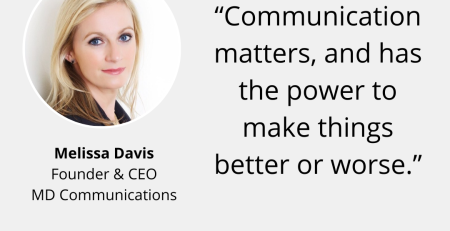Director of Content Anthony Notaras discusses how law firms should embrace data driven white papers as a key part of their content strategy, particularly if they look beyond the law.
Our attention spans might be shorter than they once were, but for law firm thought leadership, a deep and data-backed dive into a subject can reap benefits that roll long into the future. If your firm wants to take lasting ownership of an issue, one of the most effective means is the white paper.
The long and the short
When applied appropriately, they should form an integral part of any content strategy. An obvious comparison comes with the way we consume stories across many different forms. If regular social media posts are the daily TV soap opera that grabs our attention and gets us tuning in for more, the white paper is the great novel that digs hard and deep to leave a lasting impression.
Hugely flexible in nature, these long-form reports can lay the foundation for any promotional campaign or issue you wish to highlight. If they are driven by hard data and research, white papers are an invaluable and long-lasting source of content for internal and external stakeholders, including clients, industry bodies, and journalists.
Endless possibilities
When it comes to attracting national press coverage, law firms should fixate less on competing with other law firms and focus more on outgunning other industries, such as the major accountancy firms, which have a better track record in using whitepapers and other forms of data-driven research to generate media interest.
There is no reason why this can’t change. Full-service law firms have a natural advantage in that they can write about almost anything. As any legal journalist will tell you, the potential subject matters that fall under the legal industry’s remit are limitless.
From commentary on human rights abuses, climate change or civil fraud, through to insights into the renewables, banking and private equity industries, most major law firms can provide meaningful insight into a diverse range of subjects. To do this effectively, they need to produce white papers that are heavy on the research and data, but light on the hard law. Strong external coverage should then come relatively easily.
Power with your people
A good example is a recent white paper published by the Hampshire-based law firm, Paris Smith. The firm’s report, ‘Unlocking Hampshire’s Potential’, provides practical and actionable examples of how and why the county’s different stakeholders should develop a unified narrative to attract greater public and private sector investment.
This is backed by a survey that canvassed over 100 key business decisionmakers in the region, and a study of national statistics that demonstrate how ex-London regions in the UK’s South East draw the short straw in the allocation of public funds. The result is a rallying point that could ultimately lead to devolution and greater regional control. The law isn’t mentioned once, nor should it be. The important point is that Paris Smith is embedded within its community and nurturing a debate that might lead to positive change.
The same message could apply to any law firm across any subject area. The attention and soft power that follows could be priceless.












